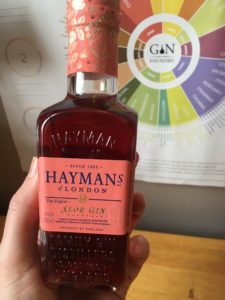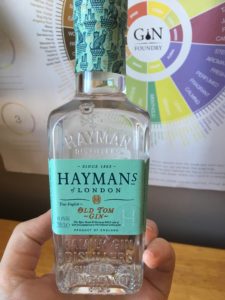Note: Symphonia kindly sent me a sample to try and ramble about, but as always I’ll let you know if I’m not a fan.
 Did you read about Symphonia No.1 gin? If not, shame on you and you can read it here. The second gin in their range is a bit more unusual as it is an apple gin. This isn’t a flavoured gin liqueur, this is a full on 40% gin made with crisp Bramley apples from Ireland which pairs with the juniper to create what they say is a gin filled with floral and herbal notes. Did you know that the apples grown in County Armagh have protected geographical status as the growing conditions out there are pretty unique? Apparently this creates the apple with the lowest sugar content but the highest acidity content, which Symphonia use to their advantage to flavour their gin. They counteract the sweetness of the apple with spice from ginger root and coriander.
Did you read about Symphonia No.1 gin? If not, shame on you and you can read it here. The second gin in their range is a bit more unusual as it is an apple gin. This isn’t a flavoured gin liqueur, this is a full on 40% gin made with crisp Bramley apples from Ireland which pairs with the juniper to create what they say is a gin filled with floral and herbal notes. Did you know that the apples grown in County Armagh have protected geographical status as the growing conditions out there are pretty unique? Apparently this creates the apple with the lowest sugar content but the highest acidity content, which Symphonia use to their advantage to flavour their gin. They counteract the sweetness of the apple with spice from ginger root and coriander.







